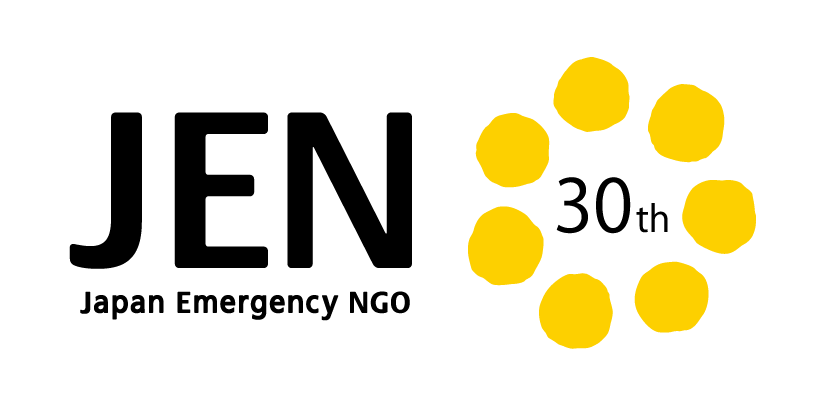
Basic information about Jordan
| Country Name | Al-Mamlakah Al-Urduniyah Al-Hashimiyah (Hashemite Kingdom of Jordan) |
| Capital City | Amman |
| Population | 7.594million (as of 2015, the World Bank) |
| Area | 8.9 million km2 |
| Languages | Arabic(English spoken) |
| Religions | Muslim 93% ,Christian and others 7% |
Establishment of water and sanitation management committee in Za'atari refugee camp
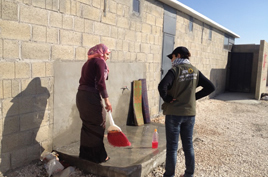
As the Za'atari refugee camp is growing larger, with its population having reached 80 thousand, little community awareness was raised among refugees in this temporal shelter. Therefore, it expected to sustain the impact of aid and it made positive impacts on the residents individually. Also, strengthening of each community's capacity to manage water, sanitation and hygiene (WASH) facilities was crucial. For this purpose, JEN supported the establishment of 12 WASH management committees and 145 subordinate committees at all districts of the camp. Consisting of beneficiaries themselves, these committees have been in charge of maintaining WASH facility residents' ownership.
Repair of WASH facility and promotion of hygiene education in public schools (2013-2014)
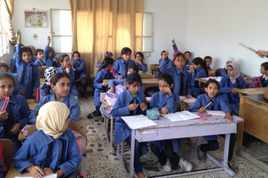
Owing to the Syrian crisis, huge numbers of Syrian refugees came to and settled down outside the refugee camps in Jordan. Many of them sought help from their relatives and acquaintances there, resulting in many displaced Syrian children enrolling in the public schools in Jordan. The most overcrowded schools were not able to handle this sudden increase of pupils; especially those in poor districts or with limited budgets were put in a tough situation.
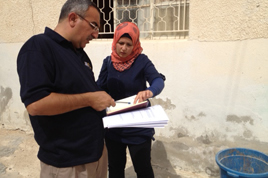
To reduce the burden of the public schools, JEN conducted nationwide needs assessment at 500 public schools in Amman, Mafraq, Irbid, Zarqa’a and Ma’an governorates, where many Syrian refugees were accepted. In accordance with the result of this survey, JEN constructed school buildings, mainly sanitary facilities such as water tanks and latrines, and conducted hygiene promoting activities at 150 elementary schools in urgent need of help.
Clothing distribution project (2012-2014)
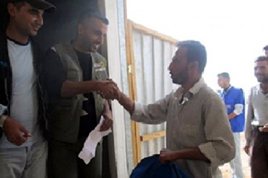
From 2012 to 2014, JEN distributed clothing to beneficiaries living in refugee camps near the border between Syria and northern Jordan, and also to those residing in host communities that have accepted Syrian refugees. With the cooperation from residents, each family was given clothing packages adapted to their family size.
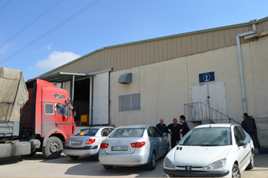
Specific Outcome
- Oct - Dec, 2013: In Za’atari refugee camp and host communies in Jordan about 6 hundred thousand pieces of clothing were eventually distributed just before a harsh winter came.
- 2014: Clothing was distributed to about 63,816 new arrivals in Za’atari camp.
- At the end of 2014: Winter clothes were distributed to those arriving to the newly established Azraq refugee camp, and to 11,542 new arrivals in Za’atari camp.
Distribution of clothing to female refugees (January, 2013)
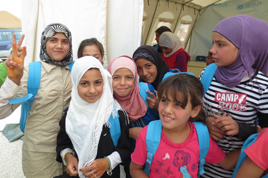
In January 2013, JEN distributed about 7,500 clothing to displaced females living in refugee camps near the border between Syria and northern Jordan and Jordanian communities near the border.
WASH environment improving project in Za’atari refugee camp (December 2012 – April 2013)
In the first half of 2013, JEN installed 21 laundries in Za’atari camp – located in northern Jordan near the Syrian border. The aim of this was to provide women with washing places where they can wash their clothes without worrying about public eyes, and improve the hygiene environment by separating drinking water and washing water. The project did not only achieve these purposes, but also facilitated communication between female refugees while washing clothes, which we had not expected.
